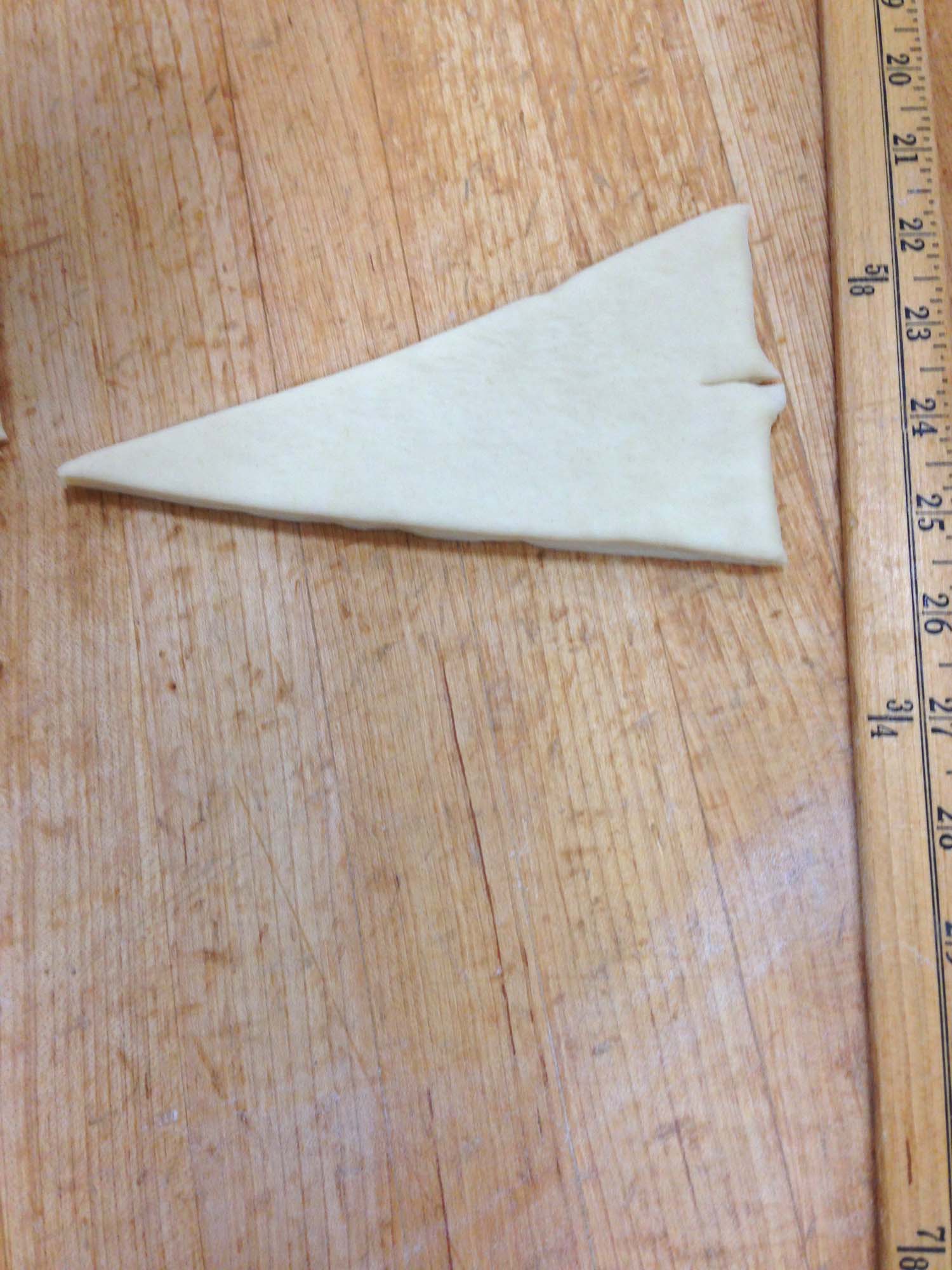Scouting: Artisanal Bread Class @ ICC
Focaccia with Rosemary | Image: Laura Messersmith
If you had told me a few weeks ago that I could shape a pain aux chocolate, bake brioche, or braid challah I wouldn’t have believed you. I used to actively avoid recipes that called for yeast - proofing, folding, shaping - these were all totally foreign to me and really intimidating. Sadness, right? Because bread is sooo good -#ilovecarbs - and even better when you can choose your own adventure with the ingredients.
So, I signed up for the Artisanal Bread class at the International Culinary Center (formerly the French Culinary Institute) in Soho and spent 5 days in the bread kitchen with the talented and encouraging Chef Johnson Yu learning the ins and outs of flour, water, yeast, and salt and how variations in ratios, fermentation time, shaping, and additional ingredients like eggs, olive oil, and whole grains can result in an amazing variety of delicious bread.
Muesli Brötchen dough | Image: Laura Messersmith
In addition to using giant mixers and scaling - baker speak for measuring by weight - massive quantities of ingredients we also practiced the traditional shapes for bread: batard-shaped multi-grain loaves of pain aux cereal; thumb folded and lengthened baguettes; rolled round, hand-sized muesli brötchen, which loosely translates to “buns with fruit and nuts in them.” We braided that challah I mentioned, twisted soft pretzels, and rolled loops of dough into bagels.
Croissant in Progress | Image: Laura Messersmith
Croissants | Image: Laura Messersmith
I got used to working with a kitchen towel at my waist; a thin dusting of flour on my hands (my notebook from class still has a light coating between the pages.) I learned that there’s something really satisfying about working with bread – the rhythm of timing, the focused mindlessness of portioning and shaping – and something even better about eating a slice that bears your invisible fingerprints. Or visible fingerprints, as in the case of the dimpled focaccia with rosemary.
Walnut Raisin Bread | Image: Laura Messersmith
We now have a plastic bin functioning as make-shift bread freezer on our fire escape thanks to the frigid temperatures in New York, and it’s full to the brim with tightly plastic-wrapped and carefully labeled loaves. One of each kind we made, evidence of the week’s efforts, ready to be defrosted and served – inspiration for future baking endeavors.
International Culinary Center | 462 Broadway; New York, New York 10013 | 888.324.2433









